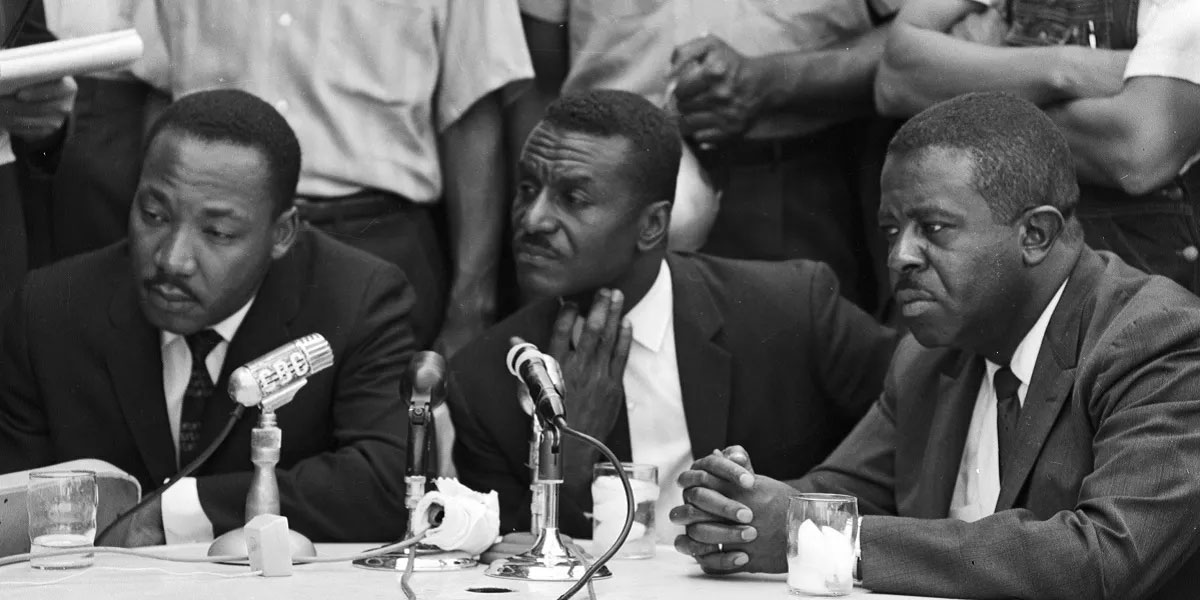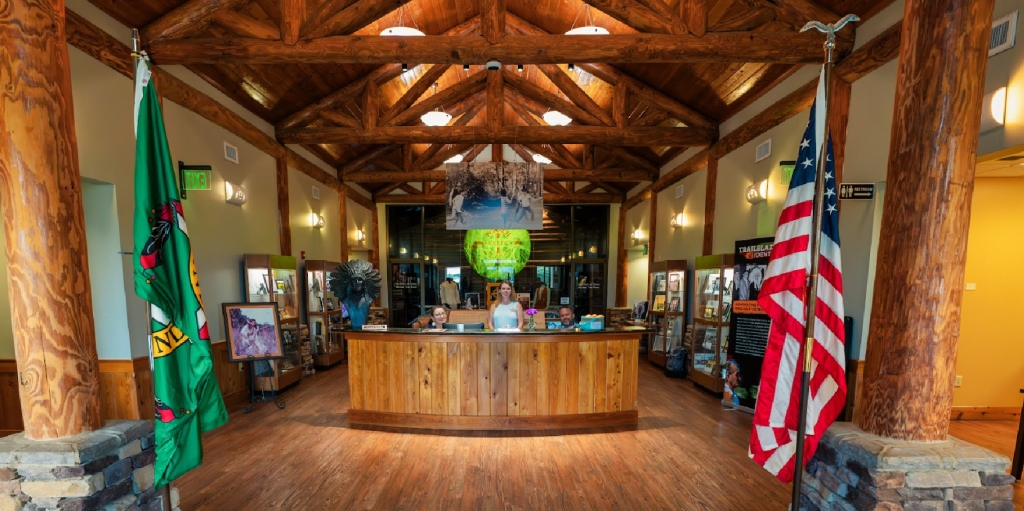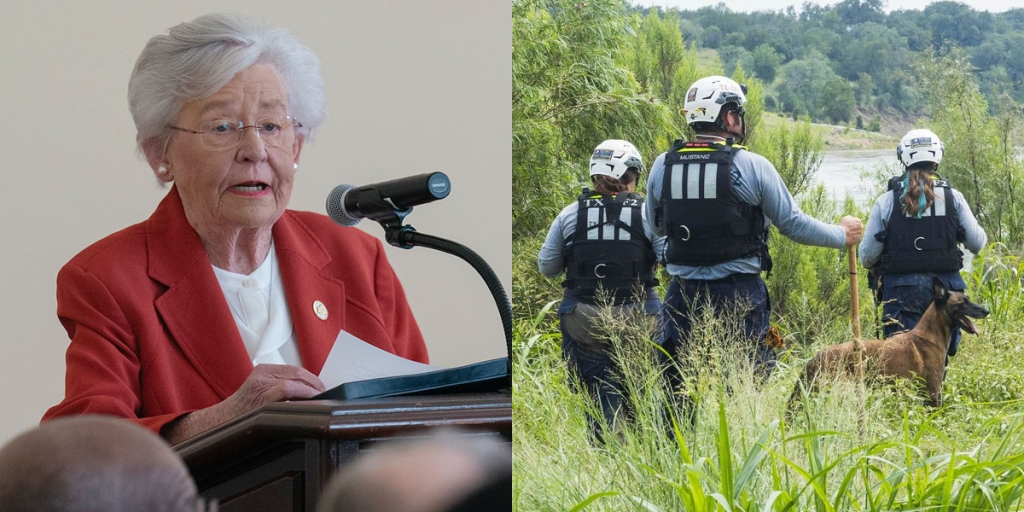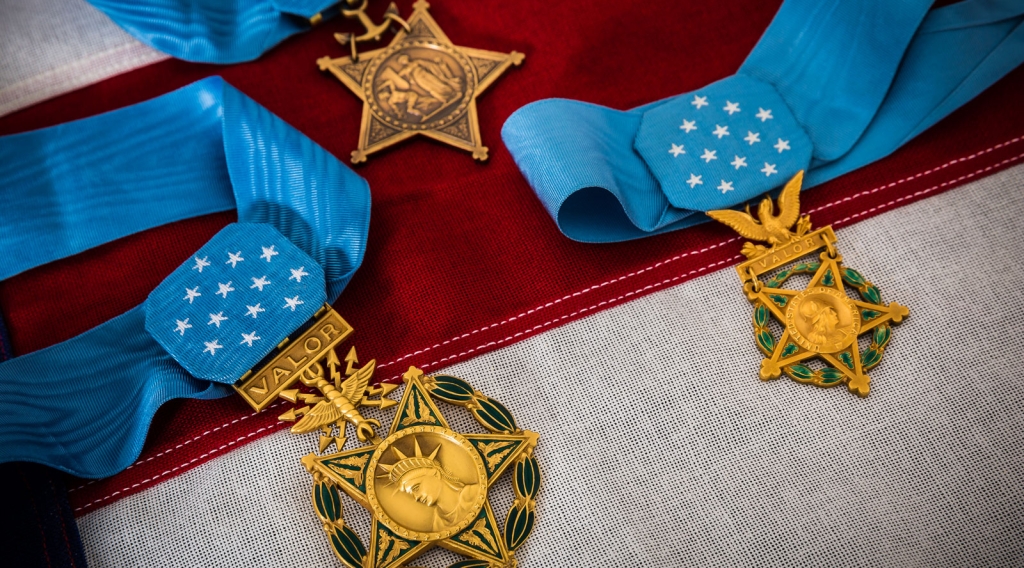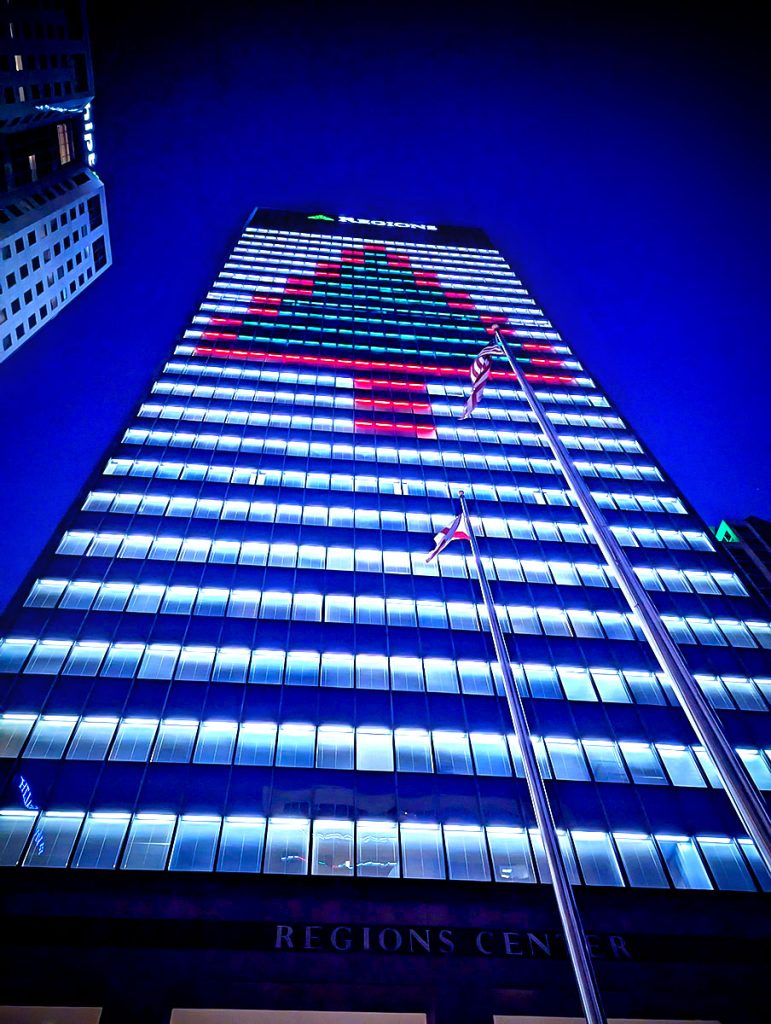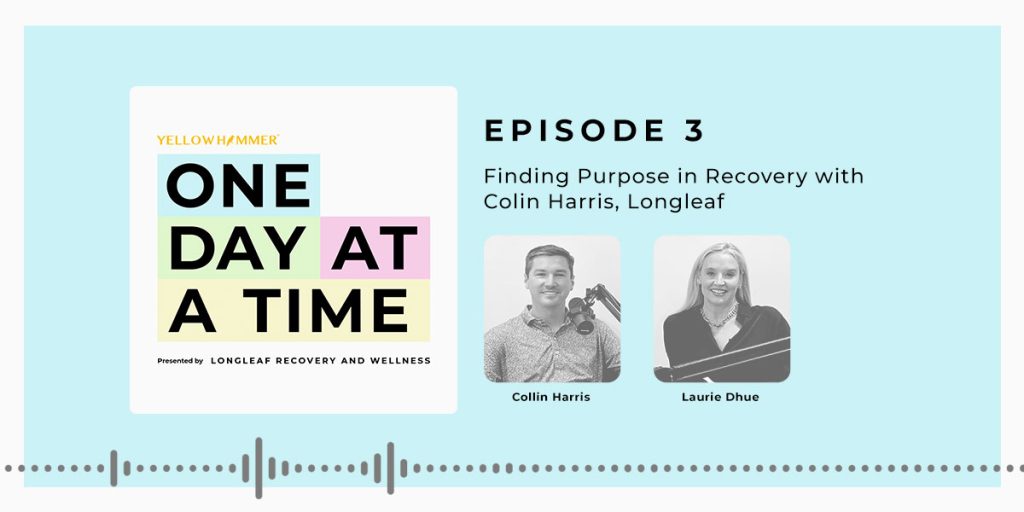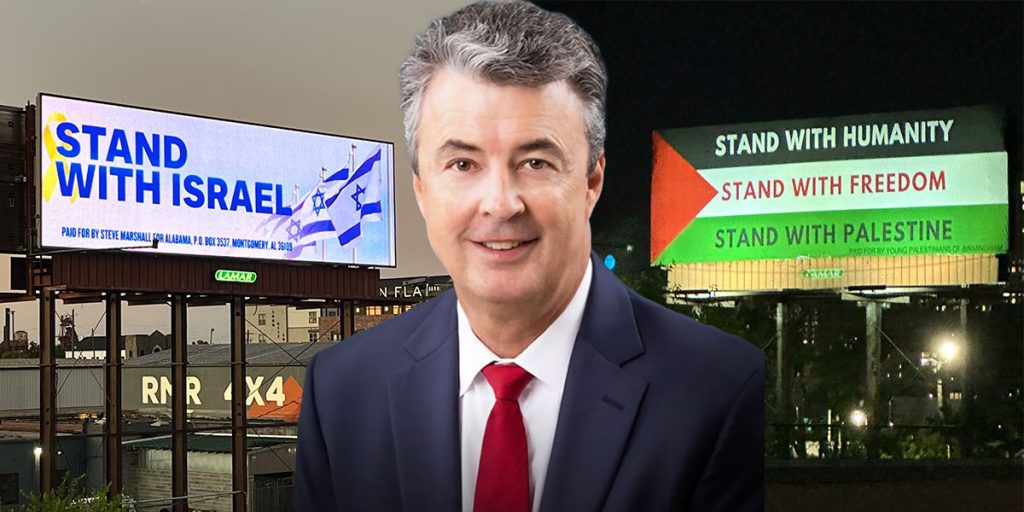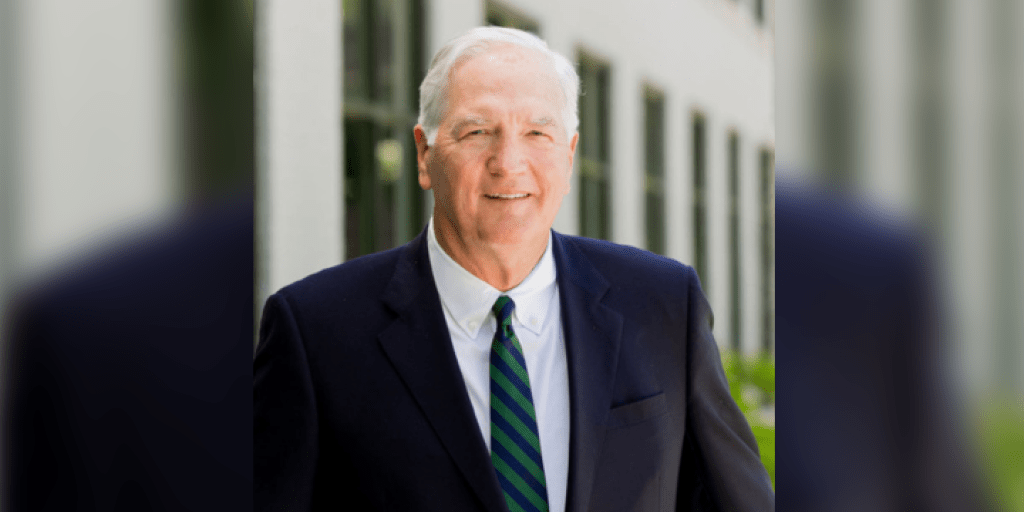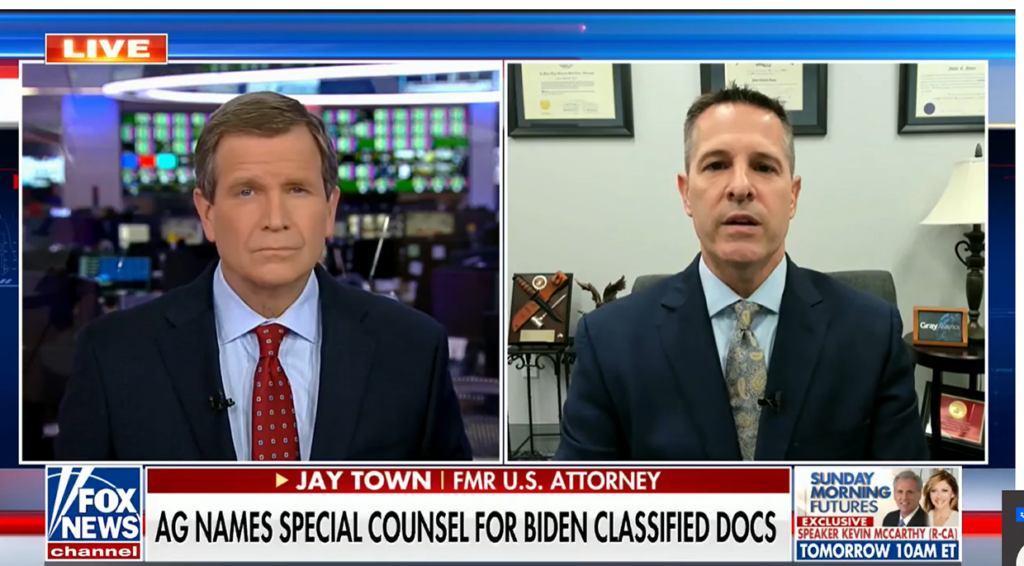In May 1962, the executive committee of the Southern Christian Leadership Conference (SCLC) met in Chattanooga, Tennessee. Established in 1957 with the Rev. Martin Luther King Jr. as its president, the SCLC was the lead organization for carrying out the campaign of direct, nonviolent action aimed at ending racial segregation in the South.
Among those in attendance was the Rev. Fred L. Shuttlesworth, pastor of Birmingham’s Bethel Baptist Church. One of the group of ministers who had founded the SCLC, Shuttlesworth, through his Alabama Christian Movement for Human Rights (ACMHR), was the undisputed leader of the civil rights movement in what had been described as America’s most segregated city. He arrived in Chattanooga on a mission: to convince King to lead a major demonstration campaign in Birmingham.
“If you can’t take it, you can’t make it”
“All that spring and summer,” Shuttlesworth recalled in a 2004 interview, “I would talk to Martin and tell him that Birmingham was where it was at. We had been doing a thing that was the epitome of nonviolence, and I told him that if he didn’t get over here, we were going to end segregation without him.”
The boldness was pure Shuttlesworth. Inspired to begin agitating against segregation by the U.S. Supreme Court’s Brown v. Board of Education ruling in 1954, he had formed the ACMHR in 1956, after the state of Alabama outlawed the National Association for the Advancement of Colored People (NAACP). With a group of “foot soldiers” fiercely loyal to Shuttlesworth, the organization challenged segregation laws at department store lunch counters, on city buses and through periodic boycotts that hit local merchants directly in the pocketbook.
 Outspoken, confrontational and fearless — he once vowed to “kill segregation or be killed by it” — Shuttlesworth survived three Ku Klux Klan bombing attempts, including one that exploded at his house on Christmas night 1956. The following summer, attempting to enroll his daughters at the all-white Phillips High School, he was brutally beaten by a mob armed with baseball bats, chains and brass knuckles. Shuttlesworth was undeterred, telling those who questioned his willingness to put himself in danger, “If you can’t take it, you can’t make it.”
Outspoken, confrontational and fearless — he once vowed to “kill segregation or be killed by it” — Shuttlesworth survived three Ku Klux Klan bombing attempts, including one that exploded at his house on Christmas night 1956. The following summer, attempting to enroll his daughters at the all-white Phillips High School, he was brutally beaten by a mob armed with baseball bats, chains and brass knuckles. Shuttlesworth was undeterred, telling those who questioned his willingness to put himself in danger, “If you can’t take it, you can’t make it.”
“There was a rare quality about Shuttlesworth,” said Taylor Branch, who won a Pulitzer Prize for “Parting the Waters,” the first volume of his epic trilogy of the civil rights movement. “He claimed the prerogatives of the monarch in terms of his leadership style, but he was willing to be out front when the shooting started. People responded to that.”
Efforts to kill, intimidate or otherwise stop Shuttlesworth involved not only the Klan and other racist groups, but also the Birmingham Police Department under notorious Public Safety Commissioner Eugene “Bull” Connor. Beyond his absolute opposition to equality for Black citizens, Connor came to view Shuttlesworth as an arch-nemesis — an attitude returned in kind by the minister, who would mischievously tell his followers, “We’re gonna turn Bull into a steer.”
The power of persistence
By the spring of 1962, Shuttlesworth was frustrated with the lack of measurable progress in Birmingham. While undoubtedly hurting merchants’ bottom lines, the latest boycott of downtown department stores — Shuttlesworth used the term “selective buying campaign,” in part because of a 1921 Alabama law that forbade boycotts against businesses — had not resulted in a single concession to demands such as allowing Black customers to use dressing rooms to try on clothes before making a purchase.

Perhaps alone among civil rights leaders, Shuttlesworth had long believed that Birmingham would be a watershed for the movement, a pivot point to turn the tide of public opinion and federal action. He believed King-led demonstrations in the city not only would bring national and international media attention that would, in his words, “scare the hell” out of Birmingham’s business and political leaders, but it would also force their hands on at least some of the changes being sought.
King remained unconvinced. To some extent, his hesitation stemmed from the movement’s recent experience in Albany, Georgia. There, in large part because local police stuck to a strategy of not resorting to violence against demonstrators, nearly a year’s worth of protests attracted scant media or public attention and brought no immediate results. While local activists would regroup and achieve significant success within a year, at the time the outcome was widely viewed as a defeat for King. Having “failed” in Albany, there was some sense that King was hesitant to seek a much-needed victory in a well-known bastion of segregation like Birmingham.
Shuttlesworth persisted. As it happened, the SCLC’s annual meeting was scheduled to take place in Birmingham late that September, and the minister began dropping well-placed hints that King would use the occasion to lead the largest civil rights demonstrations the city had yet seen.
Those demonstrations didn’t materialize, but the mere prospect of them moved Birmingham’s business community to take action. Sidney Smyer — president of Birmingham Realty, former chair of the Birmingham Chamber of Commerce, and the most influential business leader in town — spearheaded the Chamber’s formation of what was called the Senior Citizens Committee. In the words of the motion that established it, the committee was empowered to “make the necessary communications with the Negro leaders of Birmingham … to discuss and take whatever action deemed appropriate in the prevention of disorders.”
The committee held two meetings with Shuttlesworth and other local Black leaders. Though tense and occasionally heated, the meetings concluded with downtown merchants agreeing to desegregate by quietly painting over or removing “White” and “Colored” signs from their premises. In return, Shuttlesworth pledged to keep the agreement secret. He also made assurances that he would not prevail on King to participate in demonstrations while in Birmingham.

After the second meeting, Shuttlesworth privately expressed skepticism about the agreement, predicting that the signs would reappear in department stores “about five minutes” after King left town. Still, he kept his word, and no demonstrations materialized during the SCLC conference.
What did materialize was Bull Connor. Less than a week after the conference, building inspectors from Connor’s public safety department visited every store that had desegregated. The inspectors issued citations for the most minor violations of city code, ordered repairs to address them, and told owners that their stores would be closed if they did not comply immediately.
As Connor intended — and as Shuttlesworth had predicted — the “White” and “Colored” signs reappeared. In response, Shuttlesworth announced plans for new protests, angering Smyer and the Senior Citizens Committee, who accused the minister of betraying their good faith efforts and broke off plans for continued negotiations.
In response, Shuttlesworth sought to turn up the pressure. He asked King to return and lead massive downtown demonstrations during the upcoming Christmas shopping season. King demurred for various reasons, including a temporary shift in focus to the enrollment that fall of James Meredith as the first Black student at the University of Mississippi.
There would be no Christmas demonstrations in 1962. But Shuttlesworth’s persistence had raised King’s consciousness of what might be possible in Birmingham, and just as Shuttlesworth continued to press the local power structure, so would he maintain the pressure on his friend to come to the aid of Birmingham.
“The Birmingham movement was always strong,” Shuttlesworth recalled. “Martin knew he could depend upon it. As time went on, he came to see that, because of Bull Connor, Birmingham was the place where some kind of ultimate confrontation might happen.”
Keeping hope alive
Meanwhile, other events were converging to ensure that 1963 would be a pivotal year for Birmingham, most notably the local and statewide elections held in November 1962. Locally, voters approved a referendum that called for changing the city’s form of government from a three-member commission to a mayor and nine city councilors. The referendum had been conceived by Smyer and the Chamber of Commerce largely as a means of reducing racial tensions by getting Bull Connor out of city government.

The City Commission wasted no time in challenging the result in court, contending that the referendum had been unconstitutional. The lawsuit failed, and the election — in which Connor would be a candidate for mayor — was scheduled for March 1963. The transition would be far from smooth.
On the state level, the race for governor was won by former circuit judge George Wallace, of the south Alabama town of Clio. Wallace had first run for governor four years earlier, casting himself as a racial moderate. After that defeat, he set about relentlessly establishing his bona fides as a segregationist.
If there was any doubt about where Wallace stood, his inaugural address in January 1963 banished it. The new governor vowed to “draw a line in the dust and toss the gauntlet before the feet of tyranny” on questions of race, pledging “segregation now … segregation tomorrow … and segregation forever.” More than 40 years later, Shuttlesworth recalled his reaction to Wallace’s words.
“It seemed to me that he was trying to kill hope in people’s minds,” Shuttlesworth said. “I never believed that the majority of white people would beat me up in the streets, or that they would wish me any harm. That was the Klan. That was Bull. But here was our new governor, telling Bull and the Klan that maintaining segregation was some kind of patriotic duty.”
Thus, the stage was set. Fred Shuttlesworth, Martin Luther King Jr., Bull Connor, George Wallace, the people of Birmingham — all were on a collision course with the force of history. The collision — the “ultimate confrontation” that Shuttlesworth had foreseen — would come in 1963.




